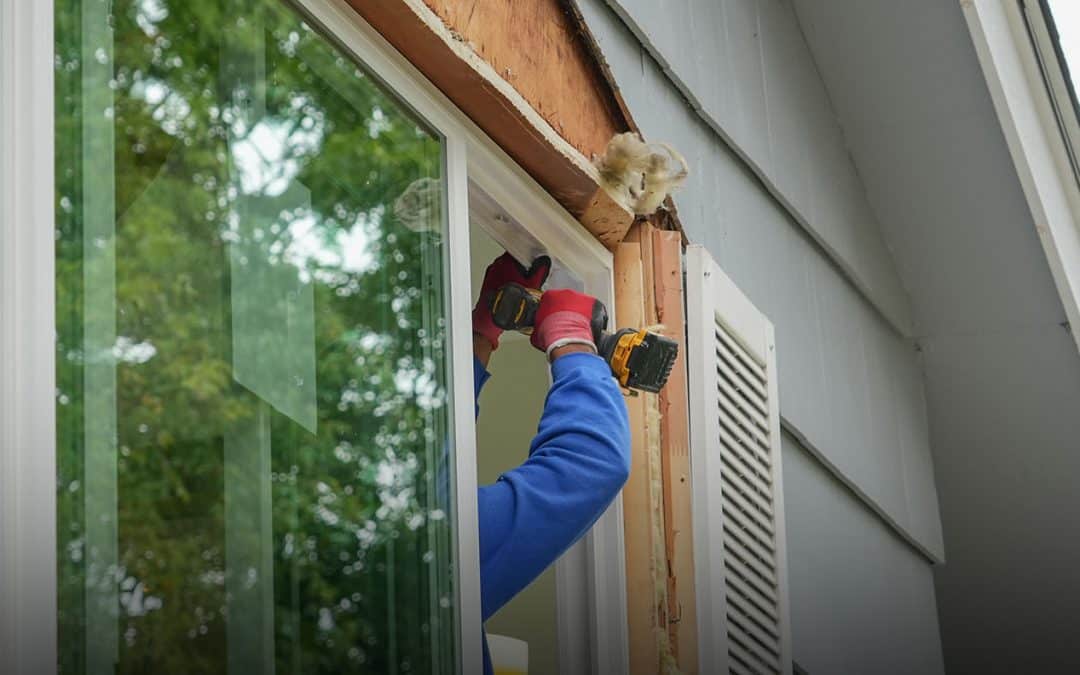No matter what time of the year it is, your tires should always be in tip-top condition not only for safety reasons, but for the longevity of your vehicle.
National Tire Safety Month is in June but the National Highway Traffic Safety Administration wants to stress the importance of always making sure your tires are properly checked and inflated so that they last longer and protect you while navigating the busy roadways.
To stay safe when driving, the NHTSA has these tips:
Conduct monthly inspections
You should get into the habit of conducting monthly maintenance inspections on your tires. These inspections should include checking treadwear, tire damage and making sure tires are properly inflated.
Check tire pressure regularly
The right tire pressure not only impacts your driving safety, but a properly inflated tire will provide longer life, better steering response, fuel efficiency and a smoother ride.
Check treads
Because worn tire treads are a major cause of hydroplaning accidents, you should also be checking the treads once a month. When tire treads are worn down, you will see that the tread is level with the tire’s built-in “treadwear indicator,” raised sections that run in between the tire’s tread. If this is the case, you need to replace your tire(s).
Balance and rotate tires
Depending on your vehicle manufacturer, it’s recommended you balance and rotate your tires every 5,000 to 8,000 miles. According to the NHTSA, balancing your tires ensures your wheels rotate properly while keeping your vehicle from shaking or vibrating. Rotating the tires ensures that they are getting even wear which helps with longevity and maintaining fuel efficiency.
Purchase replacement tires
At some point in time, you will need to replace your tires. When you do, check your owner’s manual or the Tire and Loading Information Label on the inside of driver’s side door to make sure you are selecting the right size.
If you think something might be wrong with your tires or you want to check for a national recall or safety complaint, head to the NHTSA’s Safety Issues & Recalls page.
And don’t forget to make sure you have the correct coverage on your auto insurance with MAPFRE. Get a fast, free quote today on your Massachusetts car insurance policy to see how much you could save!



